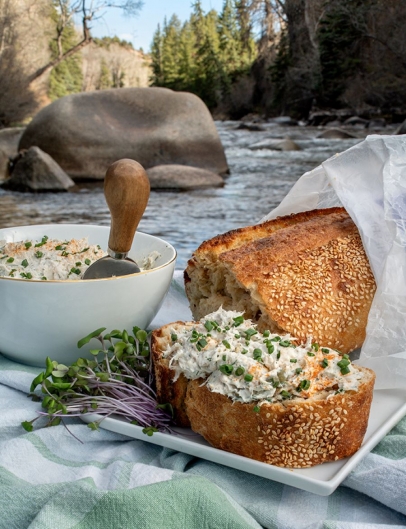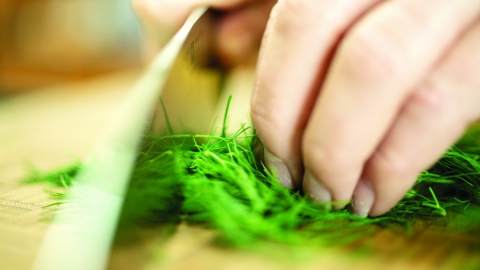Lake to Table
Nearly 75 million fish are stocked annually in Colorado’s 6,000 miles of streams and over 2,000 lakes and reservoirs. But for discerning anglers who like to eat what they catch, no two edible fish are quite alike: Habitat, diet, and age can make all the difference in taste.
In fisherman Billy Lawrence’s opinion, “There’s nothing better than a high-mountain brooky.” Brook trout meat can be a dense, rich, dark pink, similar to that of wild salmon, explains Lawrence, who has worked as a chef and caterer.
A brook trout from a remote lake on the Grand Mesa, he insists, tastes better than almost anything caught in more frequented fishing spots. (“There’s fewer people messing with them.”) Having fished all over the state for decades, Lawrence explains that water temperature and purity are factors. So is what the fish eat, and how old they are—a young, just-stocked fish hasn’t yet taken on the characteristics of its environment, while a large old-timer’s meat can be tough as leather.
“All animals need good habitat,” Lawrence concludes. And when it comes to fishing in Colorado, the trick is finding those sweet spots.






